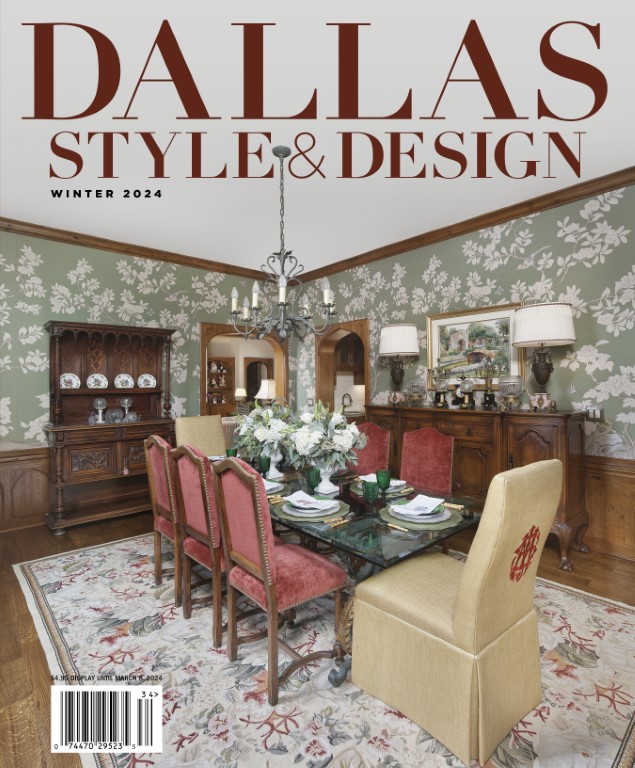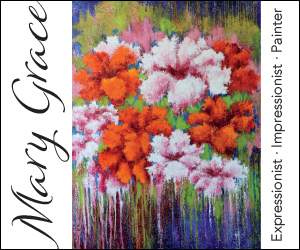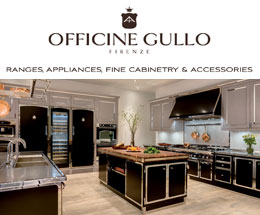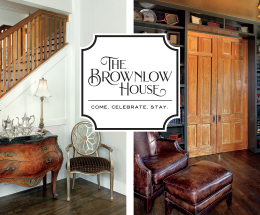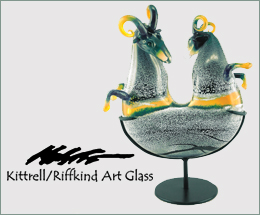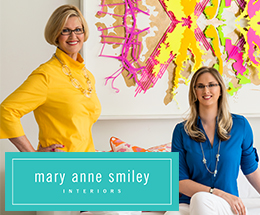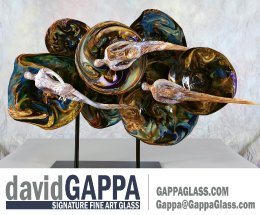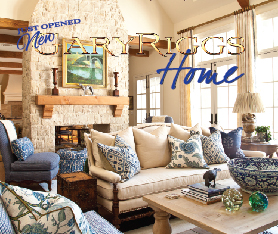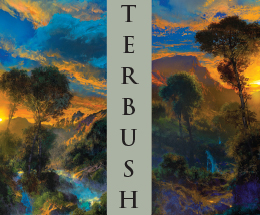If there is one part of every home that is used every day, it is the floor. The floor is where the action is, and for that reason the options and trends are always changing. But designers and vendors agree that lifestyles, budgets and personal tastes still drive decisions.
“Hardwoods always make a great floor,” says Cristie Schlosser, principal of Schlosser Design Group. Lighter woods are making a comeback, and blond continues to be strong—either bleached red oak or white oak—and there’s a resurgence in hand-scraped and distressed finishes, but now in lighter colors too.
“I’m looking more at cross grain rather than with-the-grain for hand-scraped,” Schlosser says. “It hides more foot traffic and adds a layer of warmth, especially if you have a clean décor. For simple maintenance, it bodes well for families.”
Meanwhile, tiles that mimic wood are coming on strong, but there are issues to consider, says Glen Boudreaux, principal of Boudreaux Associates. “The tile has durability, but if you drop something, it can shatter. And it’s cold unless you have a heating system under it,” he says.
Another option is vinyl tile that looks like wood. “You can’t tell the difference, it has a cork layer that adds warmth, and it’s good for the middle price point,” says Boudreaux.
“There’s definitely been an uptick in using floating installations of luxury vinyl tile,” says Schlosser, explaining that the tile laid on top of layers of hardboard and cork provides waterproofing, soundproofing and some cushion. “It’s really good for an aging population and young families with kids.”
Large-format tile and slabs are gaining popularity in homes, the designers agree. “They allow you to cover an area without a lot of grout and seams, but texture is really important; people want to feel the texture under their feet,” says Schlosser. “The technology is so advanced that they’re super solid and colored all the way through. It’s more expensive, and it’s a different application, but it has great impact.”
Boudreaux says you need the right installer to do slabs correctly, and a polished finish is a poor choice due to the chance of slips and falls. Porcelain slabs that look like natural stone and granite but are actually printed are coming into the market, too.
Warming up both wood and tile floors are rugs. Wool is still the standard, but beware of differences in quality that can force changeouts years before desired. There are also faux silk, bamboo and rayon options, which are beautiful and feel great underfoot, but wear may be an issue. Carpet is still popular in bedrooms, where softness and winter warmth are desired, and textures are a continuing trend, says Schlosser. Still, any conversation about flooring always circles back around to wood, and for some homeowners, the older it is the better. “The draw is the uniqueness of the look and the story behind the wood,” says Travis Rue, cofounder of Reclaimed DesignWorks, based in Denver with a showroom in Dallas. His company mills hardwood flooring out of reclaimed materials found in old barns, warehouses and industrial buildings.
“A big draw is the varied widths, ranging from 4 to 12 inches,” he says. “A long time ago, people would cut up and use the material they had available, and they didn’t worry about a consistent width or length. We try to replicate that style. We’ve always done wide plank, and it has become increasingly popular over the past 10 years.”
Another growing trend in hardwood flooring is prefinished lumber. Rue says it’s especially popular for remodels because it eliminates the mess that comes with sanding and finishing on-site.
In the end, trends should never be the deciding factor when choosing floors. “I like design trends, but I don’t design by them because you have to be willing to spend money every few years,” Boudreaux says. “The personality of the client and the architecture are more important than following a trend.”
—
Jeff Hampton is a freelance writer based in Garland, Texas. Find out more at jeffhamptonwriter.com.

